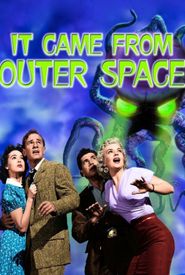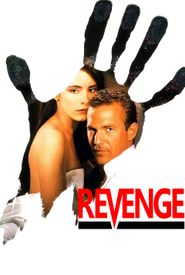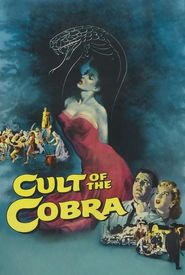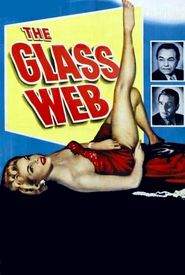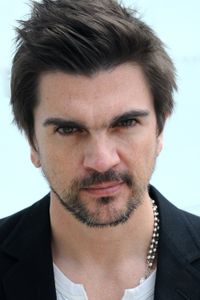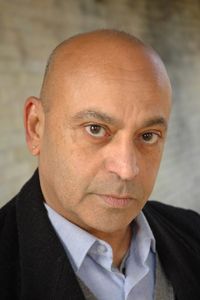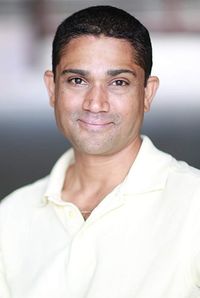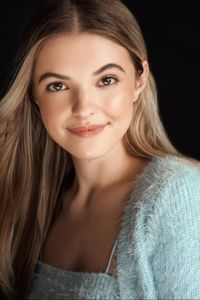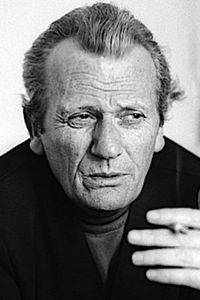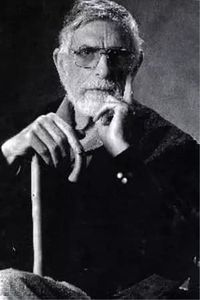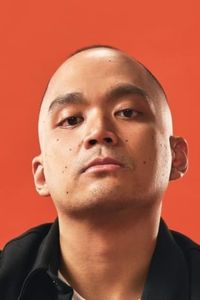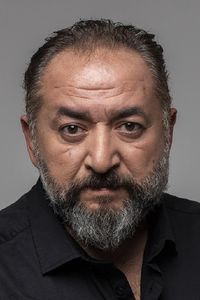Kathleen Hughes, a Hollywood born and bred actress, is renowned for one of the most iconic publicity stills in show business history. The image, which depicts her wide-eyed, screaming, and throwing up her hands in terror, has been used countless times for various purposes, including birthday cards and the sale of hummus. It also symbolizes the many alluring scream queens and femme fatales she portrayed as a B-movie star in the 1950s.
Born Elizabeth Margaret von Gerkan of German ancestry, Kathleen attended Fairfax High School, City College, and later studied at UCLA. She was bitten by the acting bug at the age of thirteen after watching a movie with Donald O'Connor. Her famous uncle, playwright F. Hugh Herbert, often took her to film sets, further fueling her fascination with Hollywood. She went on to study drama at the Stella Adler School of Acting.
In 1948, Kathleen was spotted by 20th Century Fox talent scout and producer Myron Selznick during a Little Theater stage production and signed a seven-year contract at $135 a week. She was given the stage name Kathleen Hughes, a combination of her mother's first name and her uncle's surname, as producers deemed her birth name unsuitable for marquees.
As a starlet, Kathleen's contract with Fox required her to be little more than ornamental. After a series of lackluster bit parts and no-name roles, she left the studio after just three years. However, she soon found a mentor in Paul Henreid, who gave her a career boost by casting her in his independently produced drama For Men Only (1952). Writer/producer Don McGuire saw the picture and helped her secure a new contract with Universal-International in 1952.
Kathleen's early success led her to accept a small but famous role in the 3D cult sci-fi feature It Came from Outer Space (1953). She got on well with director Jack Arnold and already knew her co-star Richard Carlson, whose family was friends with her uncle.
In her next outing, the adventure film The Golden Blade (1953),Kathleen played a handmaiden in ancient Baghdad and gave her co-star Rock Hudson his first on-screen kiss. Her build-up gained further momentum with the publicity generated by being named 'First 3D Cheesecake Girl' by Hollywood press correspondents and then 'Miss Cheesecake of 1953' by the Army publication Stars and Stripes.
Kathleen received third billing in arguably her most important film, The Glass Web (1953),which she also considered her personal favorite. In this minor film noir with a TV studio setting, she played an actress who was bad to the bone, blackmailing one man and stringing along another. Her character was unsurprisingly bumped off by the second man, who then implicated the first and concocted a seemingly clever script based on the crime.
The Glass Web garnered mixed reviews, although Bosley Crowther of The New York Times commented: "Kathleen Hughes, who plays the blonde number, makes a dainty dish of poison." Kathleen next played a seriously unhinged dame and the 'baddest' of Three Bad Sisters (1956),in one scene merrily horsewhipping one of her siblings. She later commented that she had relished being typed as shady ladies, sirens, and women of mystery.
In the 1970s and 80s, Kathleen steadily employed in television, often in smaller roles, such as secretaries or nurses. She made recurring appearances in NBC's Bracken's World (1969) and The Ghost & Mrs. Muir (1968),both produced by her husband. Kathleen was also briefly glimpsed in a home movie sent to Korea as Henry Blake's wife Lorraine in an episode of M*A*S*H (1972). Her final screen credit was in 2018.
During her later years, Kathleen involved herself in various philanthropic endeavors, supporting research into cancer and Alzheimer's disease, helping to fund children's hospitals, and donating to educational organizations, such as the UCLA School of Theater, Film and Television.
Kathleen married producer Stanley Rubin in July 1954, and their union endured for 59 years until his death in March 2014 at the age of 96. The couple had four children and resided in the exclusive Bird Streets neighborhood of Los Angeles in a house built for them by architect Richard Frazer in 1956.

